Apple is still not making wedding rings that spy on your spouse, but it is continuing to research specific uses of "finger-wearable input assemblies."
Similar to Genki's Wave for Work, an Apple ring would. have multiple controls
Aside from when a 15-year-old joke about wedding spy rings did the rounds recently, there has been little about Apple working on smart rings that could result in an Apple Ring. Meanwhile, Oura has been adding heart rate tracking to its smart rings, and Genki has a Wave for Work ring that controls presentations.
Now a newly-revealed patent shows just how detailed Apple's thinking about smart rings has been. "Finger-wearable input assembly for controlling an electronic device," is concerned as much with literally how a user's finger might fit into one, as it is what they could use it for.
It also only uses the word "ring," in any context, five times. The phrase "input assembly" is included almost 250 times.
That's because once one finger is wearing the device, the patent's attention is on how it can receive input. And it's because in some configurations, the device the patent proposes is less a ring, more a fingertip unit, with a closed front end.
"When an input assembly is provided with a rear open end...," says the patent, "the input assembly may be translated along a longitudinal axis of a user's wearing finger... between a first position for active functional use by the user... and a second position for passive storage or holding."
Some drawings in the patent show a fingertip device. But most options described have the device at "a position at which the rear open end surrounds the user's wearing finger between the second and third knuckles (e.g., a position where a typical decorative ring may be worn)."
Where there are rings that already work by providing providing physical buttons, Apple believes they are, "often inefficient and/or ineffective and they often limit the ways by which a user may interact with an input assembly to generate particular user control signals."
So what Apple proposes is a ring - sorry, input assembly - that includes ways to detect and respond to both multiple gestures, and multiple fingers.
"As an example," says the patent, "an input assembly for controlling an electronic device may be provided that [receives] a first digit of a user's hand for wearing the input assembly."
"[Then it detects] a first touch event by a second digit of the user's hand when the input assembly is worn by the first digit," continues the patent, "[and] a second touch event by a third digit of the user's hand when the input assembly is worn by the first digit."
In other words, once you've got the ring on, there will be controls that respond to some input from your other fingers. For instance, a side button might be reached and tapped by your thumb on that same hand, or you could swipe across a control using a finger of your other hand.
This new patent is just the latest in a long list of them, stretching back to its first smart ring patent in 2015.
 William Gallagher
William Gallagher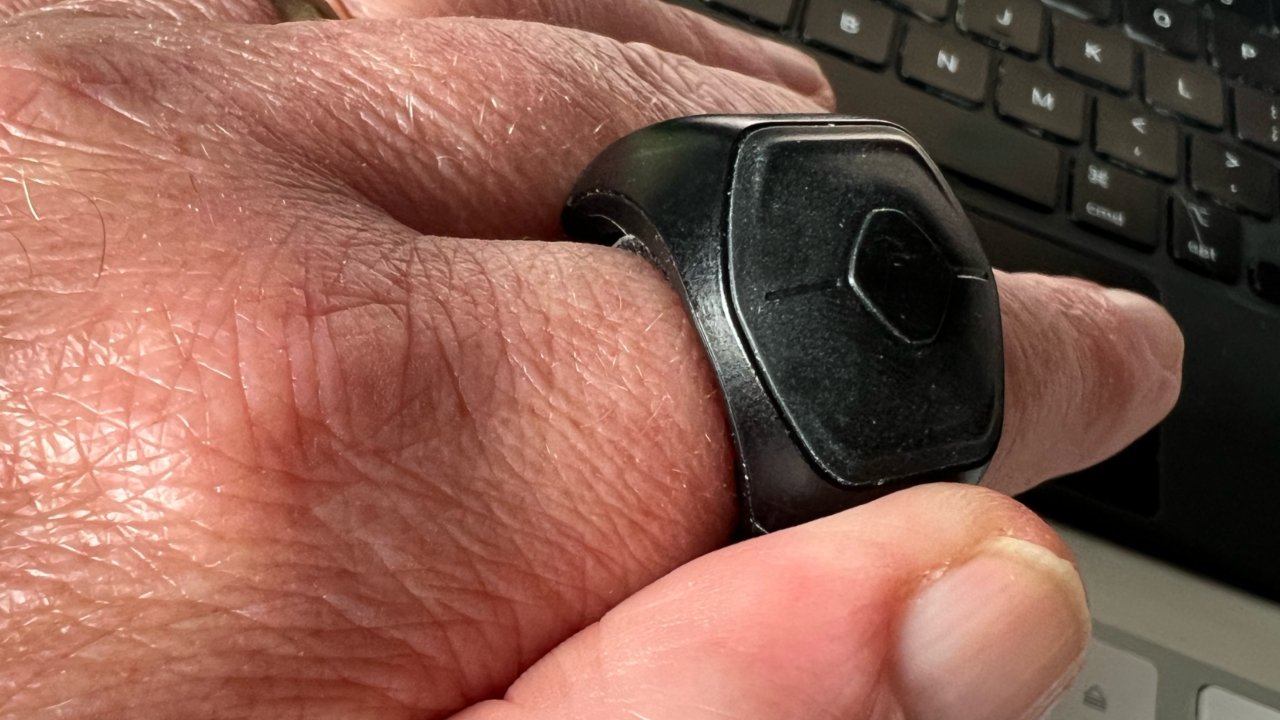
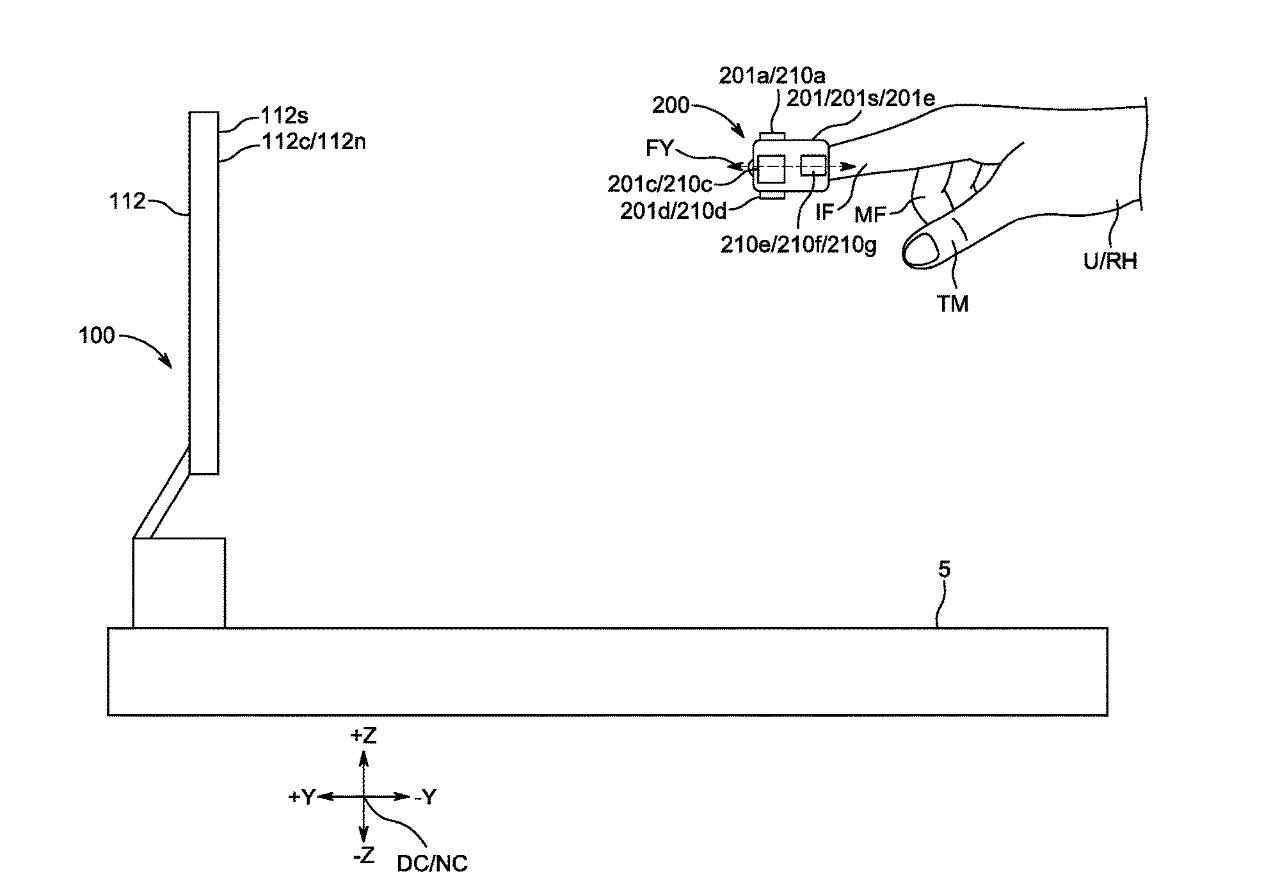
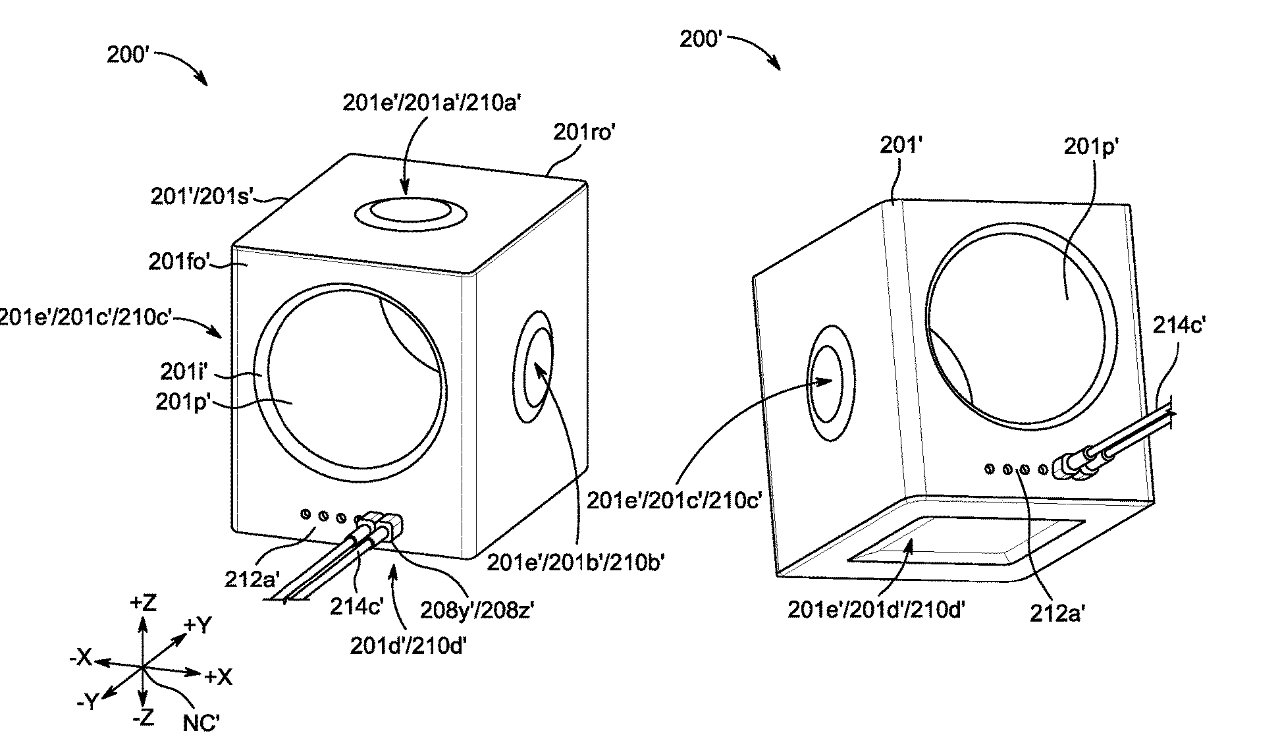

-m.jpg)






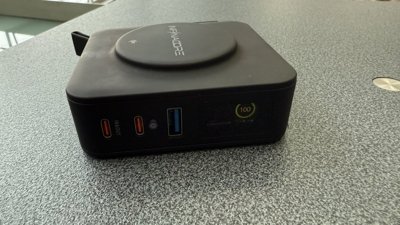
 Thomas Sibilly
Thomas Sibilly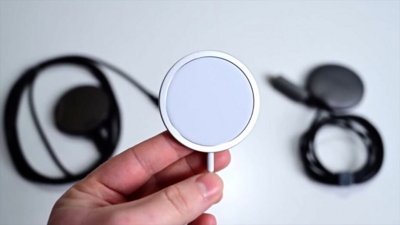
 Andrew O'Hara
Andrew O'Hara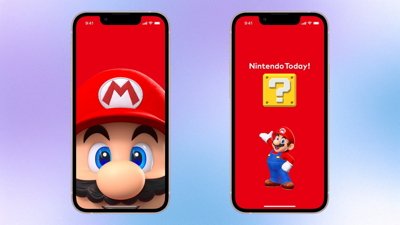
 Amber Neely
Amber Neely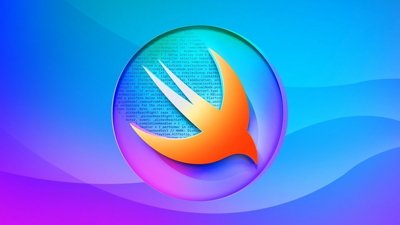
 Marko Zivkovic
Marko Zivkovic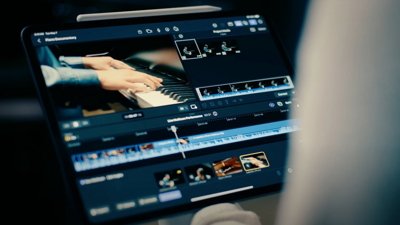
 Malcolm Owen
Malcolm Owen
 William Gallagher and Mike Wuerthele
William Gallagher and Mike Wuerthele
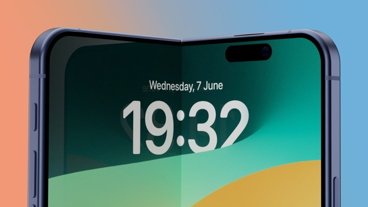
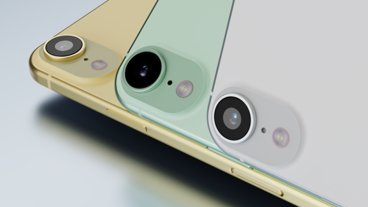
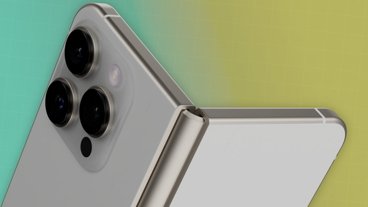







3 Comments
Wearing and interacting with a ring seems much more intuitive than using controllers in a AR/VR environment. Maybe this will be an accessory that works with the forthcoming Apple glasses.
I email Tim a while back, well using what I thought was his email, about a ring with NFC in so that it could be used for payments etc.